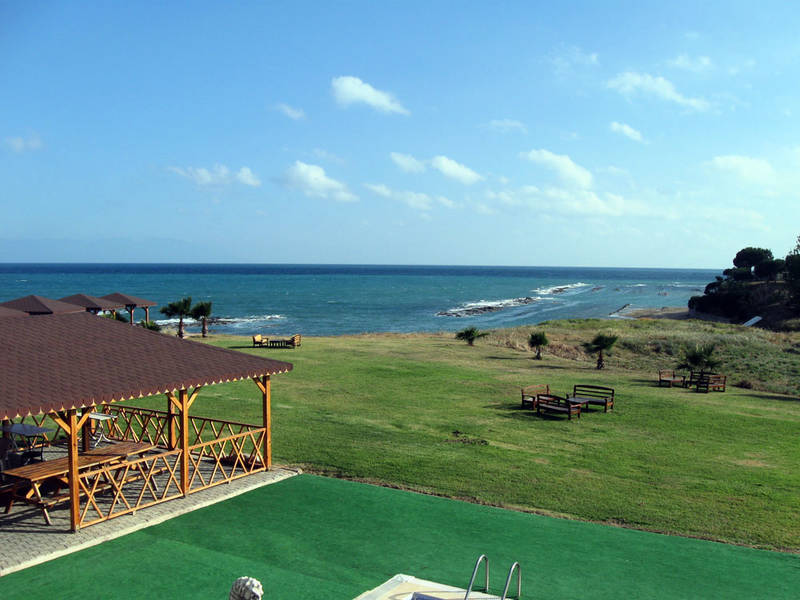Ayas, Adana
Aigeai ( Αἰγέαι ) was an ancient city and belonged to the plains of Cilicia ( Cilicia Pedias ). Under the name of Ayas (Armenian Այաս ), it is today a district of Yumurtalık in the Turkish province of Adana. In the Middle Ages the name was the city Ayas, in Italian traveling salesman she was known as Ajazzo or Lajazzo.
History
In ancient times the city was under its Greek name Aigeai ( Αἰγέαι ) was known and belonged to the plains of Cilicia ( Cilicia Pedias ). The place is strategically located on the Gulf of Issus. The Port of Aigeai offered a good and welcome opportunity to cross over to Alexandria ad Orontem. Aigeai is probably a Macedonian foundation, named after the Macedonian capital Aegae.
The strategic importance of the place obtained mainly from the 2nd century AD during the Parthian. Gaius Julius Caesar made the place for oppidum liberum. This is where the Caesarian era: the Ärenrechnung in Aigeai begins in 47 BC, probably in early November.
On their coins, the city is often a goat and refers to Asklepios representations on its importance as a religious center. In late antiquity, the city was a Christian bishopric. In this diocese the titular Aegeae the Roman Catholic Church is declining.
The medieval Ayas was an important port and trading city free of Armenia. Due to the silting up of the port of Tarsus, a large part of the Byzantine East -West trade was about Ayas. From here broke in 1271 Marco Polo on his trip to Asia.
From Ayas are a lake and get a country castle, called Ayas Kalesi, as well as an approximately one kilometer west of the seaside lying octagonal, three-story guard tower with an inscription of Sultan Suleiman the Great. From the ancient city, a few capitals and small relics are obtained which are situated on the grounds of the Country Castle, and spoils the same in different parts.


_Beach.jpg)


.jpg)




